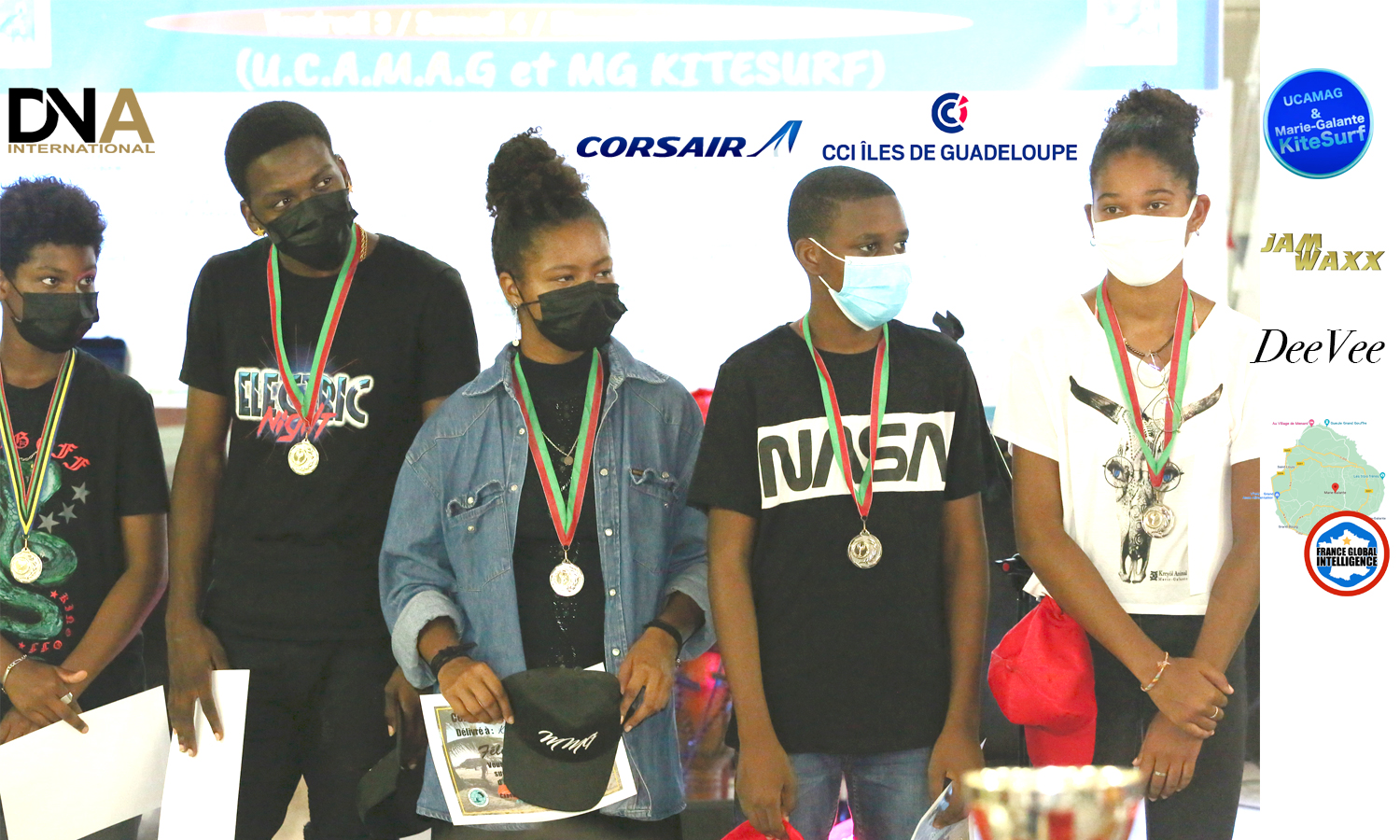‘We had to rebuild and restructure overnight’ – Glossy
In a three-week period shortly after the pandemic outbreak, Richer Poorer sold three times as many sweatpants than in all of 2019.
That was a small part of an overall trend for the basics clothing brand: The first five months of 2020 have greatly boosted online sales, transforming it into an e-commerce business first and foremost.
“We essentially had to kind of rebuild and restructure our team overnight to now go, ‘OK, we’re a DTC brand,’” the company’s CEO Iva Pawling said on the Glossy Podcast.
Richer Poorer had already been planning to gradually shift to a focus on e-commerce over wholesale. The plan was to grow direct sales to 40% of revenue in 2020 and reach parity next year on the way to a primarily DTC model. Now, Pawling estimates e-commerce is set to make up roughly 75% of the company’s bottom line this year.
Pawling said that a pivot in branding, already underway before the pandemic struck, has helped the company pitch its products as right for the moment. “We very much had rebranded under this belief that what we’re here to do is deliver confidence and comfort — that your comfortable clothes don’t have to be these items that are just stay-at-home because they look sloppy and you don’t feel comfortable going outside in them.”
In a stroke of luck, the company’s fall 2020 collection — planned as far back as last November — conceptualized around “being the most comfortable at home,” Pawling said.
And because it’s now seeing a much higher return on digital advertising, it’s increased spending on that front. “We had suddenly way more eyeballs on us and traffic coming to us, which helps. And then on the other side, a lot of people that we were competing against from an ads perspective, digitally, had completely just turned their ad spend off when this happened. So we really were able to fast forward quite a bit of growth based on those things.”
As for retail, Pawling said that a previous plan to open a brick-and-mortar store in late 2020 is now completely off the table. The earliest the company will tackle physical retail is 2022, she said.
Pawling is pretty used to tumult. She co-founded Richer Poorer in 2010 — as a purveyor of midrange socks for men, exclusively — before she and her co-founder Tim Morse sold it to Shoes.com in 2015. But their new owner’s business model wasn’t as sound as they had expected. “The whole thing just imploded,” Pawling said. She and Morse had to convince two board members to buy the business out. Weeks later, Shoes.com filed for bankruptcy.
Richer Poorer’s ownership has since returned to Pawling and Morse, who have turned it into a clothing line that caters mostly to women. As for the socks? “They make up about 8% of the business at this point,” Pawling said.
Here are a few highlights from the conversation, which have been lightly edited for clarity.
Spending on ads when competitors aren’t
“Your digital ad spend works better when you have a ton of organic traffic coming at you. The second that this started, we started obviously increasing our budgets on digital ad spend because we were seeing a much higher return on ad spend. From that perspective, it was two-fold. We had suddenly way more eyeballs on us and traffic coming to us, which helps. And then on the other side, a lot of people that we were competing against from an ads perspective, digitally, had completely just turned their ad spend off when this happened. So we really were able to fast-forward quite a bit of growth based on those things. And we don’t anticipate that that’s going to hold, obviously. But we can get more customers into our funnel. Once they get the product, they’re usually really happy with it and super-impressed.”
Clothes that just might be right for this crisis
“Covid[-19] hit and we had this crazy inflection point online. The numbers that we did in February doubled in March and doubled again in April. We had this crazy hit, and suddenly the world knew about Richer Poorer — specifically, that female demographic of customer that we were looking for was searching for product of our kind. We very much had rebranded under this belief that what we’re here to do is deliver confidence and comfort — that your comfortable clothes don’t have to be these items that are just stay-at-home because they’re so comfortable and they look sloppy, and you don’t feel comfortable going outside in them. While a lot of the market has focused on adding technical elements into your dress clothes, our approach has been to take the stuff that you love the most — your tees, your sweats, your undergarments – and refit them and put them in materials that let you look in the mirror and still feel totally put together.”
Becoming a DTC brand overnight
“We moved people into new roles, put them into digital-facing tasks that they weren’t doing before, from the wholesale team and the marketing team and even the design team. Everyone now has to orient to e-comm. We essentially had to kind of rebuild and restructure our team overnight to now go, ‘OK, we’re a DTC brand.’ So how does that operate? How does our supply chain need to change, when we’re placing POs now and selling out of a product in a day rather than three or four months. Everything had to get revamped and redone.”





